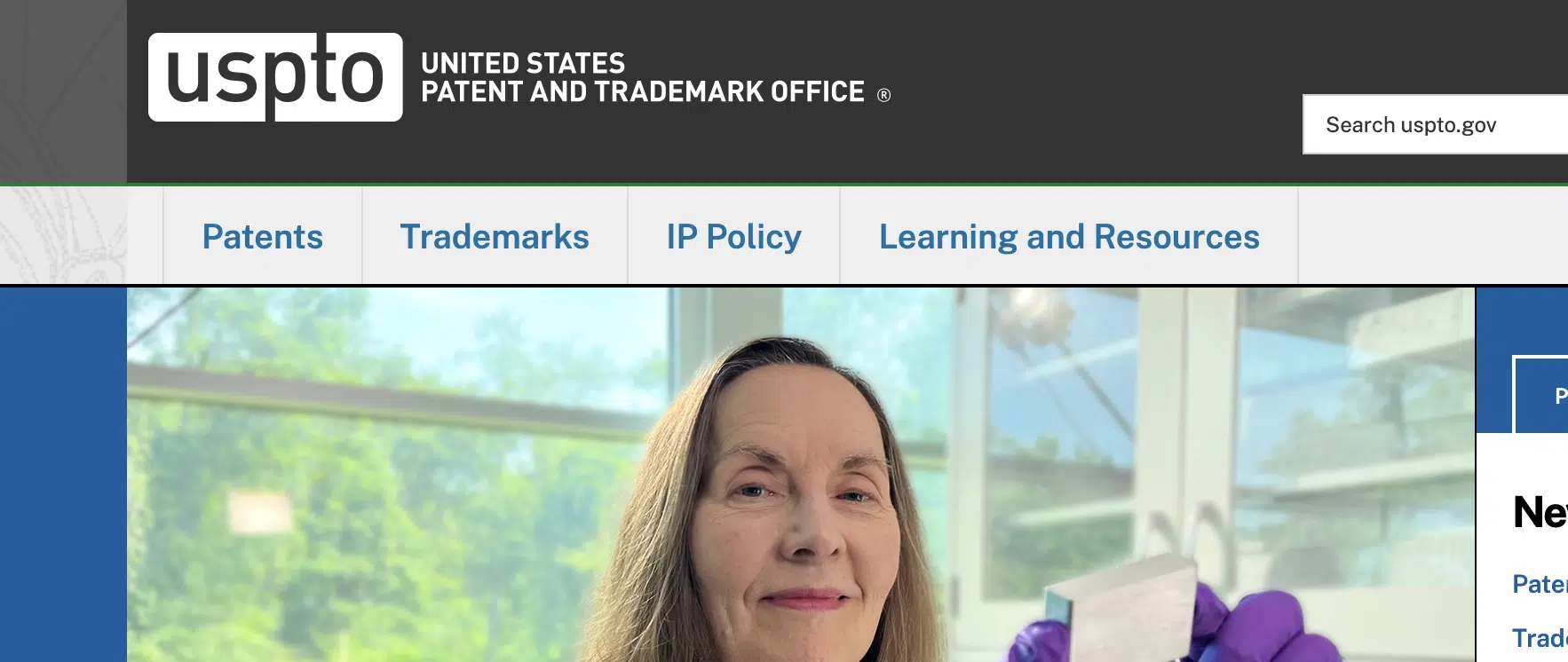The U.S. Patent and Trademark Office (“USPTO”) administers the registration of trademarks. There are two Registries, one for fully functional and legally sufficient trademarks (called the Principal Register) and one for trademarks that are not quite “ready.” This second Register is called the Supplemental Register.
Generally, when an individual or business files an application to register a trademark, the goal is to be listed on the Principal Register. However, all trademarks must function as trademarks, which means the trademark must identify a commercial source for goods or services. The “shorthand” for a good functional trademark is that the trademark is “distinctive.” A fanciful or arbitrary trademark is almost always distinctive and, once registered, will be listed on the Principal Register (as long as all other legal requirements are met). The trademark EXXON is a good example of a fanciful trademark.
By contrast, some trademarks are not distinctive (to start) and, thus, do not function as trademarks. This is typically because the trademark is merely descriptive of the goods/services, the industry, the location, the type of business, etc. An example would be GREATER CITY GROCERIES. As can be seen, the trademark describes the type of business and provides a general location.
Now, the thing is that trademarks evolve over time, and as the trademark is used in commerce. Thus, GREATER CITY GROCERIES might become a functioning trademark over time as the trademark is used and consumers begin to understand that the trademark references a certain place, for certain goods, for a certain atmosphere, a certain quality, etc. Legally, this is the concept of “acquired distinctiveness.”
When a trademark application is submitted, if the trademark is too descriptive, the USPTO might ask whether the applicant is willing to have the trademark placed on the Supplemental Register. The purpose of the Supplemental Register is to allow a descriptive trademark to “ripen” and to acquire the distinctiveness that is the essence of a trademark. When asked, an applicant has the option to say “no.” However, there are some benefits to agreeing to allow a trademark to be placed on the Supplemental Register. This includes:
- Ability to sue in federal court to block others from using a similar trademark
- Potential assistance with establishing a date-of-use priority if a challenge is made by the owner of a competing trademark
- Authority to use the “circle R” symbol on products, packaging, and marketing — the “circle R” symbol is a signifier that a trademark has been registered; this can help “wave off” potential infringers
- The Supplemental Register is publicly available and searchable, which puts potential infringers on notice of your trademark rights and claims
- Listing on the Supplemental Register can be used as the basis for an international trademark registration
- Removal of the risk of an Opposition Proceeding being filed since trademarks placed on the Supplemental Register are not published
Note that, most often, placement on the Supplemental Register is temporary. Two to five years is common. Once it is provable that the trademark in question has acquired distinctiveness, the owner can apply to have the trademark transferred to the Principal Register.
Contact the Trademark Attorneys at Revision Legal
For more information, contact the experienced Trademark Lawyers at Revision Legal. You can contact us through the form on this page or call (855) 473-8474.




